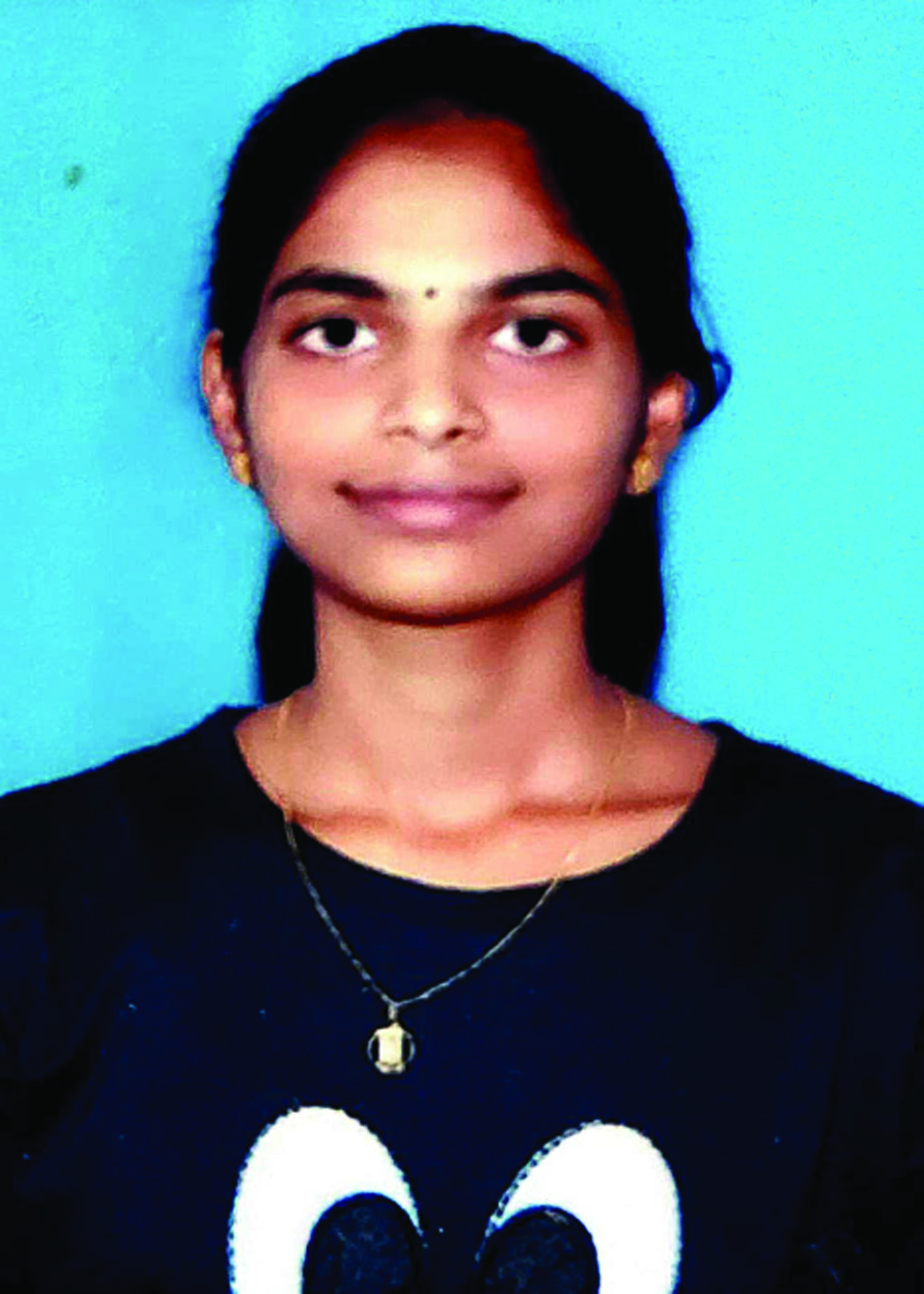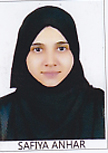Abstract
Myelomeningocele, also known as open spina bifida, is a congenital disorder in which a child's spinal canal and backbone fail to close properly before birth. Myelomeningocele develops within the first four weeks of pregnancy. Though the etiology is multifactorial, most cases are preventable with proper maternal diet and folic acid intake during pregnancy. This report describes a 4-year-old boy child, who was being presented with lumbosacral myelomeningocele and delayed attainment of developmental milestones since birth. Upon examination, non-reducible, non-compressible, and non-trans illuminant swelling was present over the lumbosacral region. Notably, the 1st and 8th cranial nerves could not be assessed. The condition was corrected by lumbosacral myelomeningocele repair and was managed conservatively. Treatment options range from fetal surgery to selective neonatal treatment. Folic acid supplementation significantly mitigates the risk of myelomeningocele by providing proper neural tube closure. This case report shows the importance of an early diagnosis and initiating timely medical and surgical management to prevent subsequent complications and neurological damage.
Keywords
spina bifida, lumbosacral, folic acid, neural tube closure
Introduction
Spinal dysraphism encompasses a variety of birth defects resulting from improper closure of the neural tube during early fetal development. Myelomeningocele is a condition that typically arises during embryonic development as a result of the spinal neural tube failing to close properly particularly during 25-28 days of gestation. A portion of the neural plate that is left open floats on top of the membrane-bound sac filled with cerebrospinal fluid [1]. This condition results in exposed neural tissue with a fluid-filled sac (including parts of the spinal cord, meninges, nerves, and cerebrospinal fluid) that bulges at the affected vertebral level. In individuals with myelomeningocele, the unfused portion of the spinal column permits the spinal cord to protrude through an opening [2]. Congenital myelomeningocele often causes paralysis or weakness in the muscles below the level of the spinal defect. Small lesions can be closed with primary repair, while larger myelomeningoceles may require more complex procedures. Early surgical correction of the spinal lesion after diagnosis is crucial to halt further impairments and neurological harm. Prenatal surgery has been shown to reduce the likelihood of future complications more effectively than postnatal surgery. Fetal surgery and post natal surgery are the two main types of procedures used in the correction of myelomeningocele.
Neonatal surgical repair of myelomeningocele begins with the patient in a ventral position under general anesthesia. The area is sterilized before making an incision at the site of the spinal injury until the dura is exposed. Strict antiseptic techniques must be followed, and antimicrobials are administered to prevent infections[3].
CASE REPORT
A full-term male baby, born through NVD with a birth weight of 2.2 kg to a non-consanguineous married couple, was diagnosed with myelomeningocele at birth. At 4 years of age, he was brought in for surgical repair of myelomeningocele. Child exhibited delayed developmental milestones: he could stand only with support, was unable to walk, could hold objects but was unable to scribble, and had not attained bowel and bladder control.
In the systemic examination, cranial nerves were intact except 1st and 8th nerves and speech was also delayed.
On local examination,
A swelling over the lumbosacral region was noted, which was non-reducible, non-compressible, and non-transilluminant.
INVESTIGATIVE PROCEDURE
Investigative procedure of the lumbar spine was done in view of the history of swelling over lumbosacral region since birth. The MRI of the Lumbar spine has been performed in axial and sagittal planes in T1 and T2 weighted images,
- Spina bifida seen from L4 vertebra extending to sacral vertebral levels
- Fluid containing structure noted communicating with spinal canal which opens to subcutaneous tissue with intact overlying skin on the dorsal surface at L5 level
- The fluid is following signal intensity approximate dimension of the CSF collection 11×15×9mm – suggestive of myelomeningocele
MRI of the brain has been performed in multiple planes such as Axial T1, T2 W1, Coronal, Axial FLAIR, Sag T1, Axial DWI, SWAN and MR angiography
- Bilateral near symmetric volume loss with abnormal T2/FLAIR hyperintensities noted in the peri-trigonal white matter and sub-cortical white matter of bilateral parieto-occipital lobes causing mild dilatation of the atria of the bilateral lateral ventricles
- In addition, abnormal T2/FLAIR hyperintensities noted in bilateral fronto-parietal subcortical &deep white matter
THERAPEUTIC PROCEDURE
The lumbosacral myelomeningocele repair was performed after the confirmatory investigative procedures. The skin edges and subcutaneous tissue were retracted laterally. The incision was extended downward, typically into the meningeal sac, an area free of neural elements. The sac was excised and the tethering was released; in the sac wall, the nerve roots that extended back into the spinal canal were mobilized. Subcutaneous tissue was sutured using vicryl suture and skin was closed using prolene suture followed by sterile dressing over the wound.
Pharmacological treatment was initiated which included;
- ANAMOL SUPPOSITORY 170mg [1-1-1-] for the pain management
- INJ XONE 500mg [1-0-1] and INJ AMIKACIN 150mg in 20ml NS [1-0-0] were given to prevent infections.
During the post operative period, a blood transfusion was done; the child was stable, tolerated feeds well, and was continued with the same IV antibiotics and symptomatic treatment [JUSTIN SUPPOSITORY 12.5 mg (SOS)] was given during further course of the hospital stay. Ophthalmology opinion was taken for visual assessment and found to be normal. The child was found to be hemodynamically stable. The parents were asked to initiate a physical therapy for the child to improve the mobility and enhance the child’s overall quality of life. After the patient's symptoms improved, a thorough follow-up plan was provided upon discharge.
DISCUSSION
This case emphasizes the importance of addressing myelomeningocele with global developmental delay in pediatric patients. During embryogenesis, normal development of the spinal column occurs between 25-28 days of gestation, involving three key stages: gastrulation, primary neurulation, and secondary neurulation. Defects in primary neurulation can lead to both open and closed forms of spinal dysraphism. Primary neurulation concludes with the closure of the cranial and caudal ends of the neural tube. A placode is an exposed neural tissue that results from defects in the closure of the caudal neural tube[4]. Myelomeningocele is characterized by the presence of a neural placode and meningeal lining, distinguishing it from other conditions like myelocele. Delayed myelomeningocele repair often leads to developmental delays, particularly in motor function. Patients may experience limited leg movements due to motor neuron dysfunction below the lesion. However, voluntary leg movements can be preserved through conservative therapy and physiotherapy. Sensory impairment varies based on the extent of the lesion. Light touch and two-point discrimination tests can be used to assess the integrity of the spinothalamic and dorsal column pathways[5]. The significance of folic acid for foetal development should be explained to expectant mothers, and they should be encouraged to take 400 µg of folic acid supplements daily. In order to decrease the number of patients, folic acid fortification of food will eventually be required[6].
CONCLUSION
Successful surgical intervention for myelomeningocele requires planning and execution to ensure optimal outcomes. Key considerations include careful dissection, preservation of skin and neural elements, achieving watertight dural closure, and diligent postoperative care to prevent complications. Early intervention and a multidisciplinary approach are essential in minimizing neurological deficits and improving the quality of life for affected individuals. This case highlights the importance of precise surgical techniques and comprehensive care in managing complex congenital conditions like myelomeningocele.
ACKNOWLEDGEMENT
The authors would like to express their sincere gratitude and thanks to the concerned patient and their family for granting permission to utilize the patient’s valuable medical records for the purpose of case reporting.
CONFLICT OF INTEREST
The authors declare that there is no conflict of interest.
PATIENT CONSENT
The patient addressed in this case report has provided consent for publishing, acknowledging the report’s nature and understanding that their identity will be kept confidential.
ABBREVIATIONS
NVD- Normal Vaginal Delivery
BERA -Brainstem Evoked Response Audiometry
DWI - Diffusion Weighted Imaging
SWAN -T2 Star Weighted Angiography.
REFERENCES
- Di Rocco C, Trevisi G, Massimi L. Myelomeningocele: an overview. World Neurosurg. 2014 Feb 1;81(2):294-5.
- https://my.clevelandclinic.org/health/diseases/22813-myelomeningocele
- https://www.ncbi.nlm.nih.gov/books/NBK562174/
- Mukhopadhyay B, Gavel R, Gongopadhyay AN, Vashistha P, Rani A, Mishra SP. Correlation of oxidative damage with pro-inflammatory markers (IL-6, TNF-?) in meningocele. Journal of Clinical and Diagnostic Research: JCDR. 2016 Feb;10(2):BC08.
- Iskandar BJ, Finnell RH. Spina bifida. New England Journal of Medicine. 2022 Aug 4;387(5):444-50.
- Kondo A, Kamihira O, Ozawa H. Neural tube defects: prevalence, etiology and prevention. International Journal of Urology. 2009 Jan;16(1):49-57.
- Levy DI, Rekate HL, Cherny WB, Manwaring K, Moss SD, Baldwin HZ. Controlled lumbar drainage in pediatric head injury. Journal of neurosurgery. 1995 Sep 1;83(3):453-60.
- Joyeux L, Chalouhi GE, Ville Y, Sapin E. Maternal-fetal surgery for spina bifida: Future perspectives. Journal de Gynecologie, Obstetrique et Biologie de la Reproduction. 2014 Feb 27;43(6):443-54.
- Šutovský J. Surgical Treatment of Neural Tube Defects. InSpina Bifida and Craniosynostosis-New Perspectives and Clinical Applications 2021 Mar 2. IntechOpen.


 Pradeep Mannikatti*
Pradeep Mannikatti*
 Vaishnavi Shetty
Vaishnavi Shetty
 Gladys K Siji
Gladys K Siji
 Gunupati Balamani Chandana
Gunupati Balamani Chandana
 Safiya Anhar
Safiya Anhar
 10.5281/zenodo.14620323
10.5281/zenodo.14620323